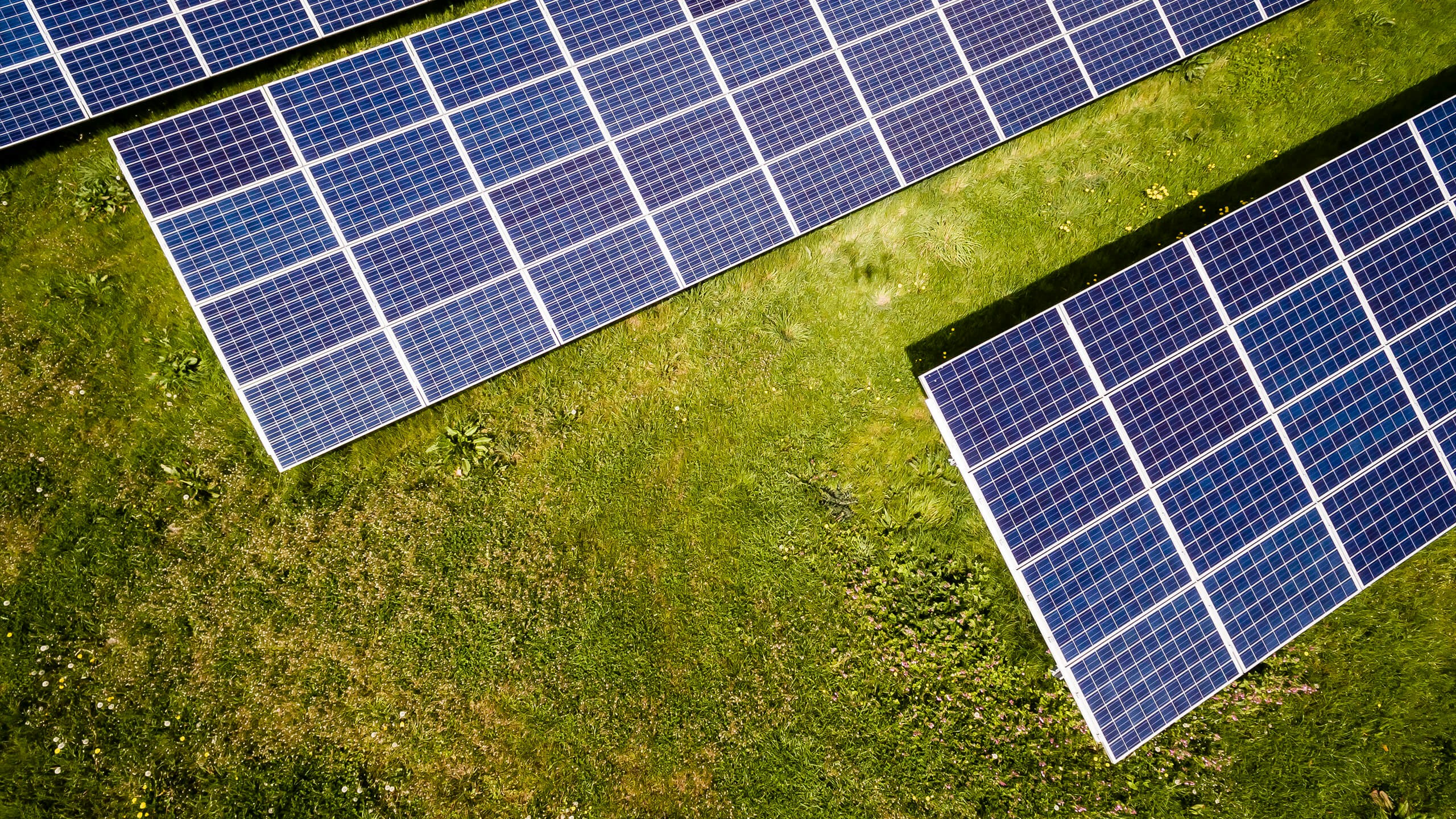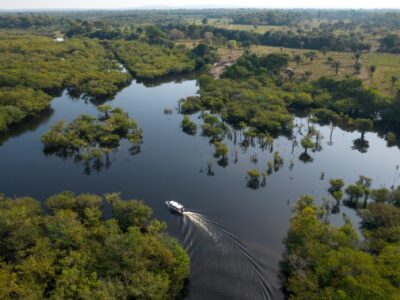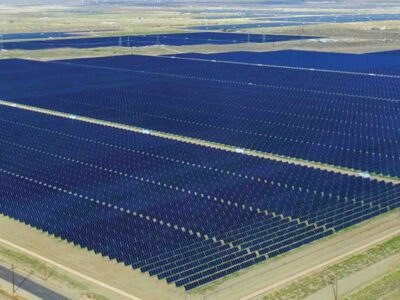The International Energy Agency (IEA) released its 2023 renewables report that showed a 510 GW increase in global capacity. That’s a 50% increase over 2022 numbers. The IEA says renewable energy will overtake coal by early 2025.
The next five years are expected to see the most increase in projects worldwide.
Wind and solar continue to be the two biggest sources, but investments in hydro, nuclear, and geothermal were all present in 2023.
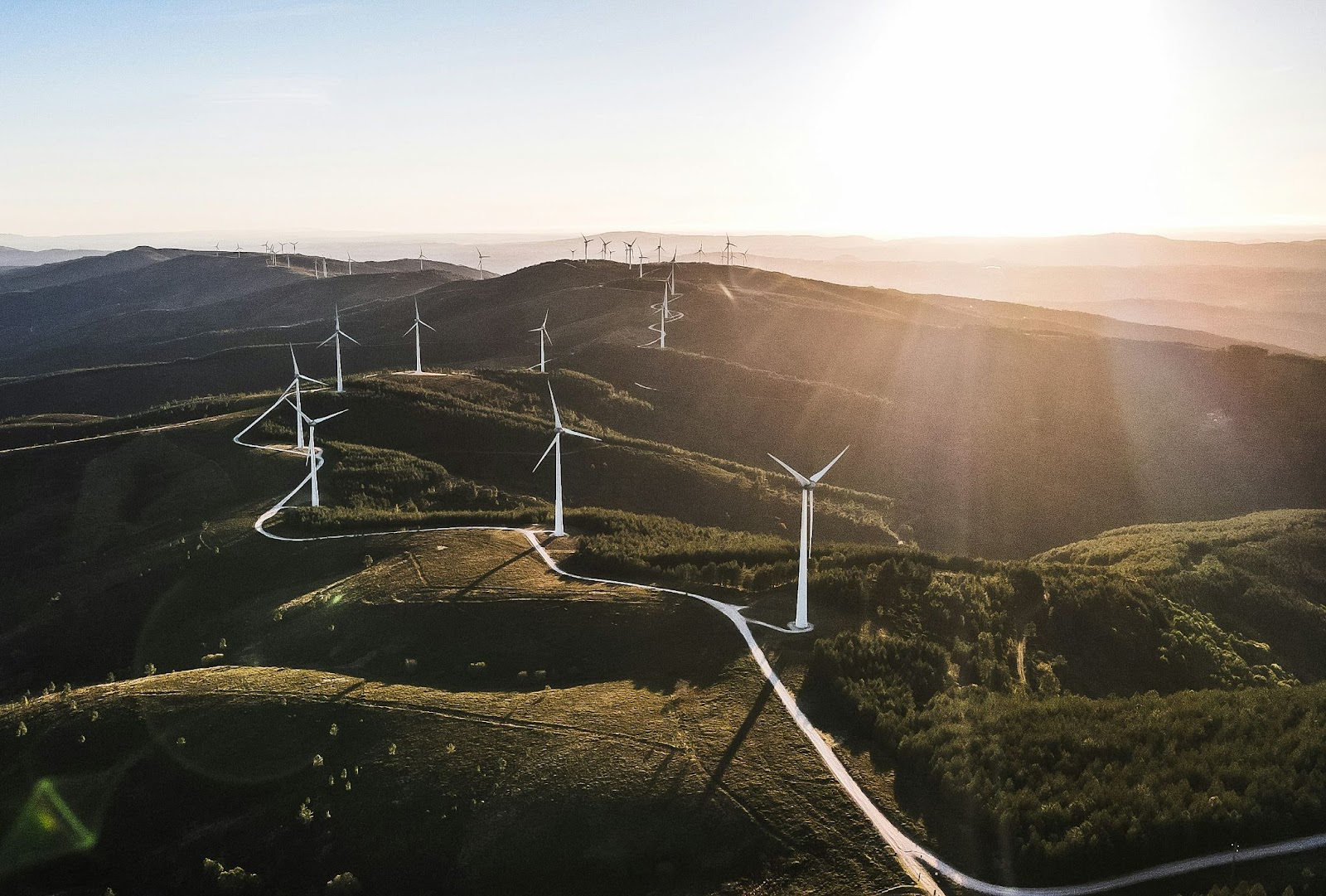
Photo Courtesy Made From The Sky
In the report, the IEA lists the U.S., EU, and Brazil had record highs in renewable energy deployments in 2023. America is expected to expand to 340 GW of solar photovoltaic (PV) projects from 2023–2028. However, offshore wind projects in the U.S. and U.K. struggled last year. Many developers canceled or postponed around 150 GW worth of wind projects. Factors like the pricing of construction played a role.
The U.S. was also a leader in hydrogen energy and fuel production, beating out both China and Saudi Arabia. These three nations are estimated to account for more than 75% of the world’s hydrogen production by 2028. Slow investment is one of the main reasons hydrogen energy hasn’t exploded in recent years.
The IEA cites the Inflation Reduction Act as the catalyst for record American renewable energy expansion. The tax credits made it easier and more cost-effective for the domestic production of solar panels.
Clean Investment Monitor reported that more than $225 billion funded clean energy sectors like clean vehicles and carbon management, including $64 billion invested in Q3 alone.
Global renewable energy capacity analysis took place after COP28 when world leaders promised to triple renewable projects by the end of the 2020s.
“The new IEA report shows that under current policies and market conditions, global renewable capacity is already on course to increase by two-and-a-half times by 2030,” Fatih Birol, IEA executive director, said in a statement. “It’s not enough yet to reach the COP28 goal of tripling renewables, but we’re moving closer — and governments have the tools needed to close the gap.”
Birol went on to say financing more clean energy projects remains one of the biggest challenges in the global decarbonization effort. Developing countries are in the most need of capital to make the transition. They have relied on fossil fuels for years but lack the infrastructure and investment to deploy more solar or wind power generation plants. Strong governance and “robust regulatory frameworks” are also key to setting energy targets.
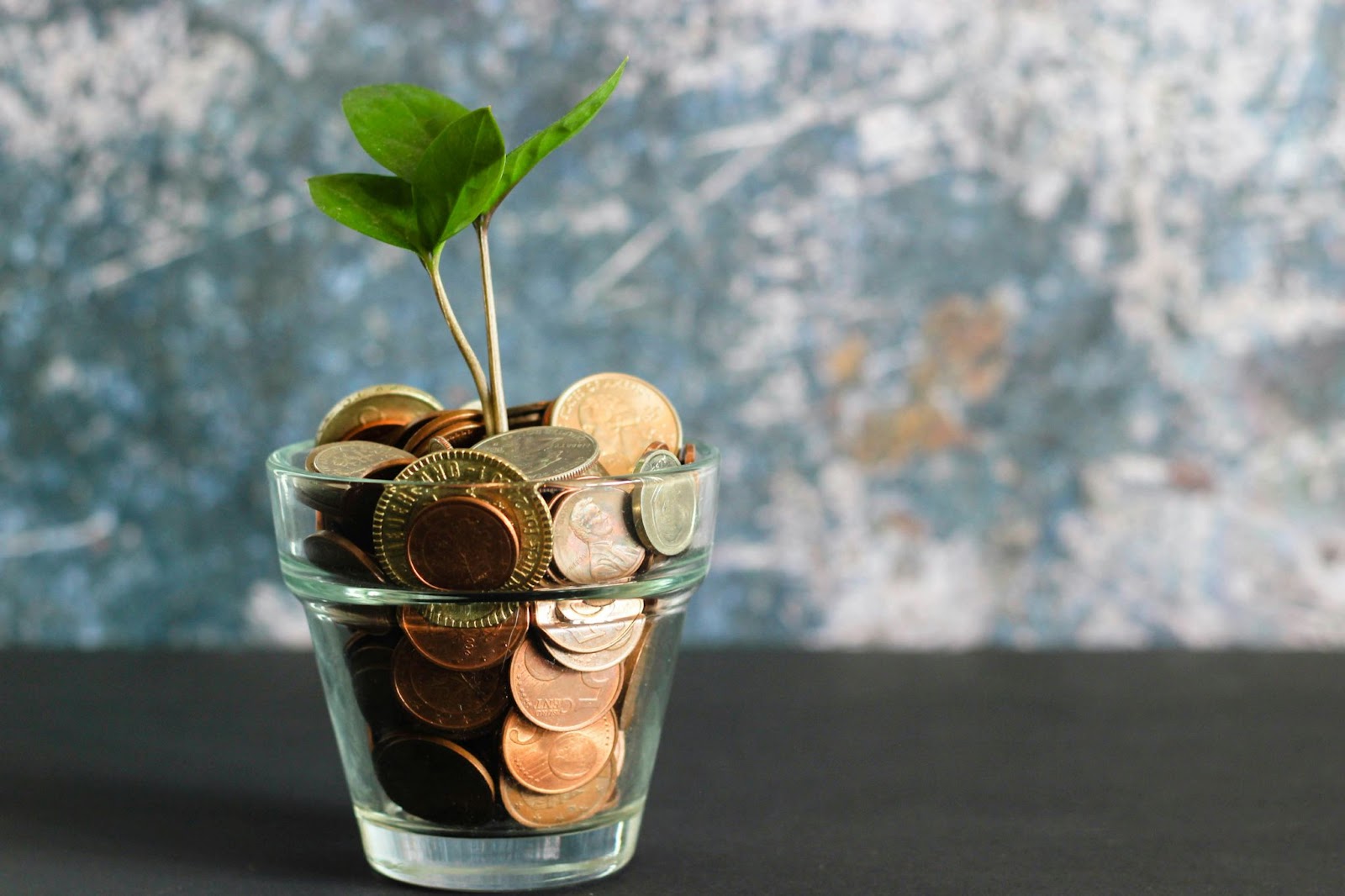
Photo Courtesy Micheile Henderson
Manufacturing of solar PV and wind power systems is expected to reach 1,100 GW by the end of 2024, which drops the price by 50% across the last year. COP28 leaders agreed to triple renewable through solar, nuclear, and wind.
Hydrogen and biofuels are also expected to increase in the coming years. Brazil and India are some of the biggest demanders for biofuel and are estimated to rive 70% of the demand.
Air travel is one area using these alternatives as airlines switch to sustainable aviation fuel (SAF). It will also secure the national grid with cleaner fuels. The EU, U.S., Canada, and Japan are implementing more carbon-neutral fuel sources in transportation systems.
“This report is the first key installment of the IEA’s follow-up work on the energy outcomes of COP28 that will continue throughout 2024 and beyond,” Birol said in a statement. “This is based on the five key pillars we set out ahead of COP28 and covers tripling renewables, doubling energy efficiency, cutting methane emissions, transitioning away from fossil fuels, and scaling up financing for emerging and developing economies. We will be following very closely to see whether countries are delivering on their promises and implementing appropriate policies.”

